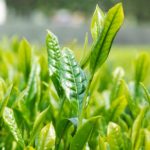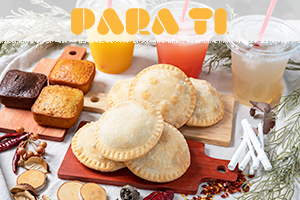"Tango no Sekku" (Children's Day) For the healthy growth of children
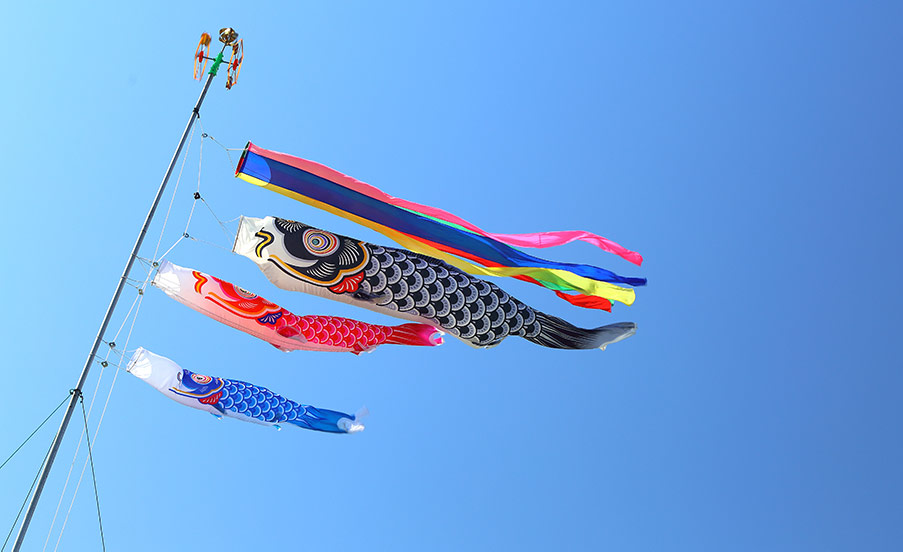
Written by ShalomAA
Translated by D. Carnegie
5.5.2020 (Re:7.3.2022)
Tango no sekku is a traditional celebration also known as “Children’s Day”. It is one of the five festivities of the “Gosekku”. The “tango no sekku” is a ceremony that has been performed since the Nara era, around the 8th century.
Tango no sekku in Japanese is written (端午 の 節 句) tango (端午) is divided into (端) which means “the beginning” and go (午) in the Chinese sign, means “horse”, literally “the first horse of may”. Go in Japanese means five (五), so the celebration takes place on May 5.
1. Koinobori flutters in the cool May breeze
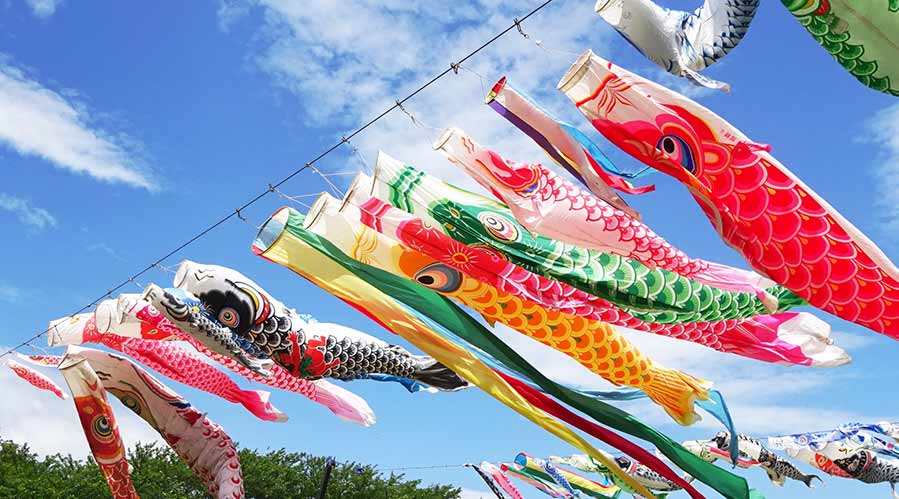
From mid-April to mid-May, you can see koinobori “fish-shaped flags” fluttering in the gardens of many homes. These fish-shaped flags are said to have gradually spread and became more popular when a village man in the Edo period placed a carp-fish-shaped flag on the tip of a Nobori. The carp fish is a very vital fish that can live in ponds and swamps. A Chinese legend tells that the “koi” (鯉) that translates carp fish, was the only fish that managed to climb up the stream of the waterfall called Ryumon, accomplished such a feat becomes a dragon and goes to heaven. Therefore the “koi” became a symbol for children to grow strong, respectable and have success in life.
2. “Shobu-no-sekku” that have been passed down to samurai since ancient times and wish for clan prosperity
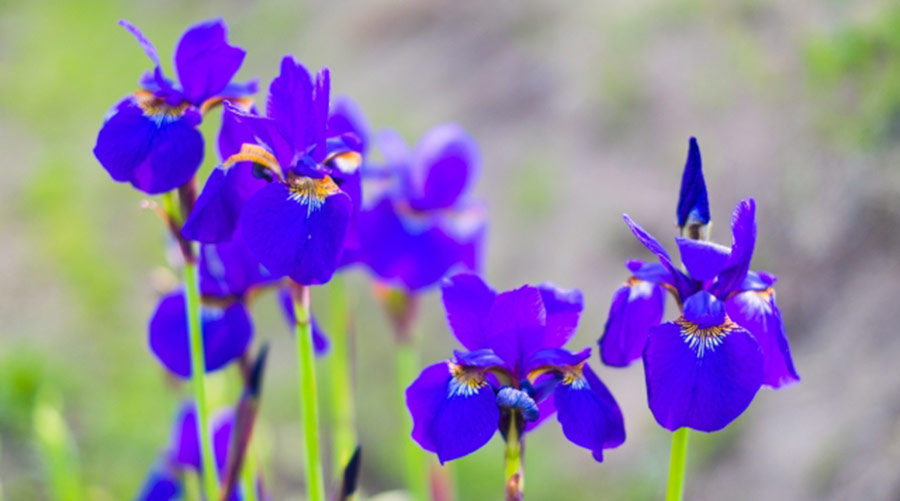
“Tango no sekku” (端午 の 節 句) also called “Shobu no sekku” (菖蒲 の 節 句) the “Shobu” iris flower was used to ward off bad luck. Since ancient times samurai have been connected with this flower, because its name “Shobu” (菖蒲) was related to another figure “Shobu” (尚武) that bears a figure with a samurai meaning. During the Edo period, it became a popular celebration among samurai, and it became an important event to pray for the healthy growth of the born child and for the prosperity of the clan.
3. The May dolls “continues from the Edo period” are traditional dolls that seek to protect children.
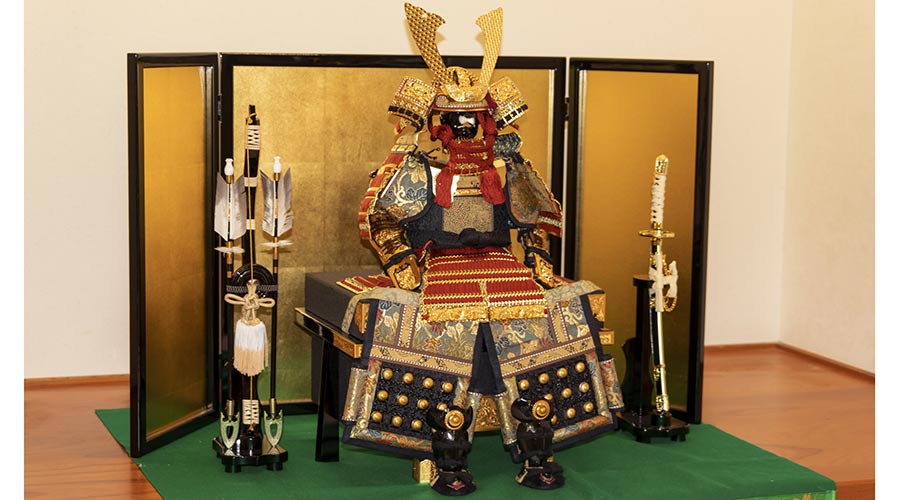
It is common in Japan for families with boys to decorate the house with helmets (Kabuto), armor (Yoroi) in the month of May. Some people think that it is like sending their children into battle, but it comes from the ritual of offering armor and helmets when they go to pray to the sanctuary, hoping and wishing that the children grow up healthy, strong and have a long life.
4. Rice cake to celebrate – Kashiwa-mochi, Chimaki y Akumaki
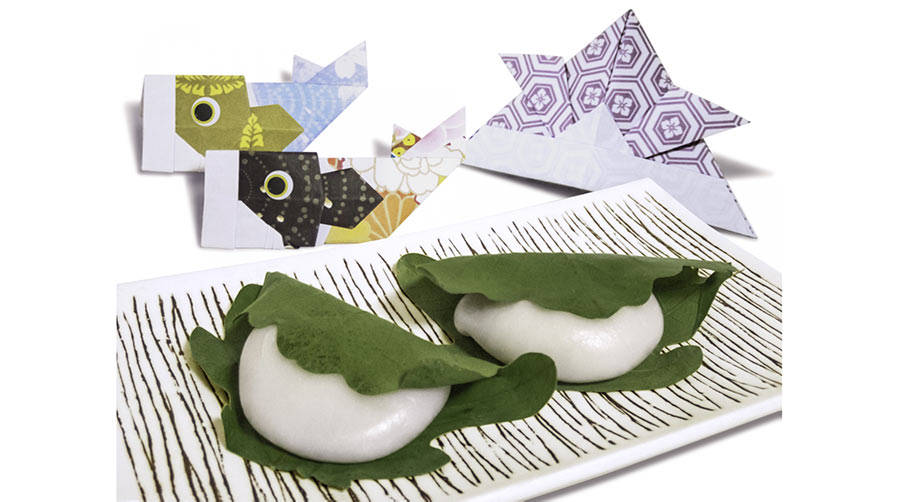
During the celebration of “Tango no sekku” it is common to enjoy rice cakes. In the Kanto region (Eastern Japan) “Kashiwa Mochi” and in the Kansai region (Western Japan) “Chimaki”. Kashiwa Mochi is made by wrapping white rice cake in Kashiwa leaves. It is said that the Kashiwa-no-ha (Oak leaves) do not fall easily unless new shoots emerge, this belief caused them to start eating “kashiwa mochi” to celebrate Children’s Day and thus wish the healthy growth and development of the son. Akumaki is traditional from Kagoshima.
5. “Akumaki” is a preserved food exclusive to Kagoshima
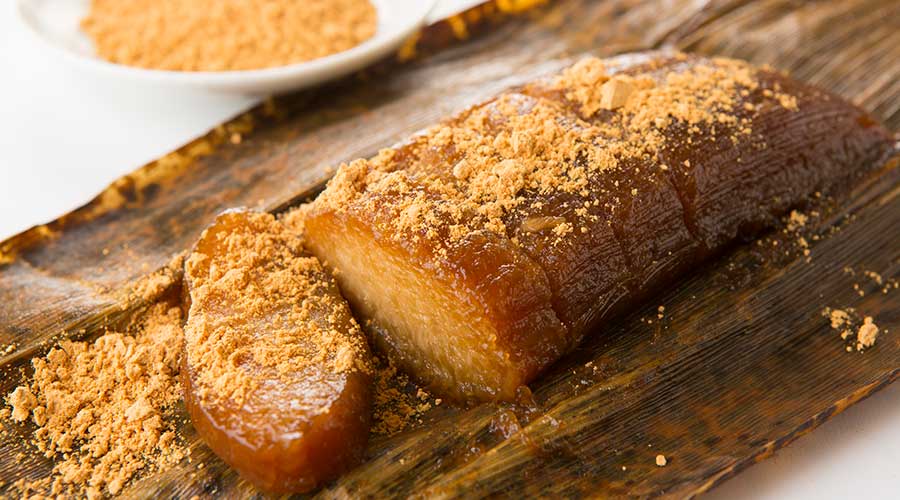
Akumaki is a rice cake made only in Kagoshima. It is a preserved food that does not require temperature control, for that reason it was used as a military food for Satsuma soldiers in the Battle of Sekigahara and in Hideyoshi’s invasion of Korea. Then its consumption became common in the homes and became indispensable for Tango no sekku.
| “Tango no sekku” a holiday for the happy future of children

“Tango no Sekku”, “Shobu no sekku” Traditional celebrations that take place since the Edo period, traditions that wish the healthy growth of children. It is a special day in which parents can celebrate the healthy growth of their children.
| Recommended Products
| Recommended Articles
SHINCHA | The first tea harvest. Kagoshima is the second bigger tea producer in Japan!
Written by ShalomAA
Translated by D. Carnegie
The information in this article was current at the time of coverage and writing.
・・・ todonavi ・・・
